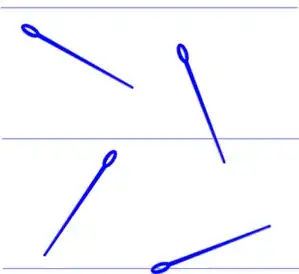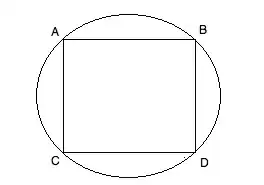A large portion of combinatorics cases have probabilities of $\frac1e$.
Secretary problem is one of such examples. Excluding trivial cases (a variable has a uniform distribution over $(0,\pi)$ - what is the probability for the value to be below $1$?). I can't recall any example where $\frac1\pi$ would be a solution to a probability problem.
Are there "meaningful" probability theory case with probability approaching $\frac1\pi$?

